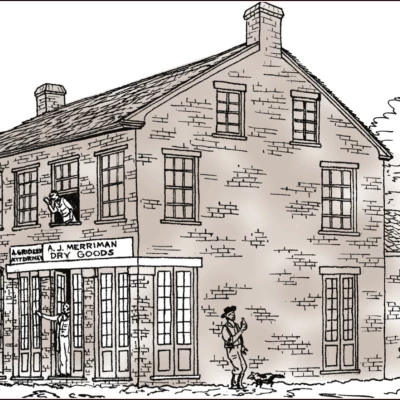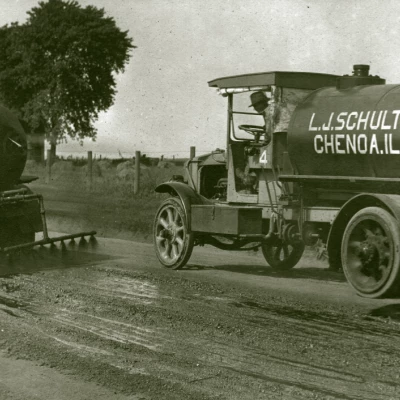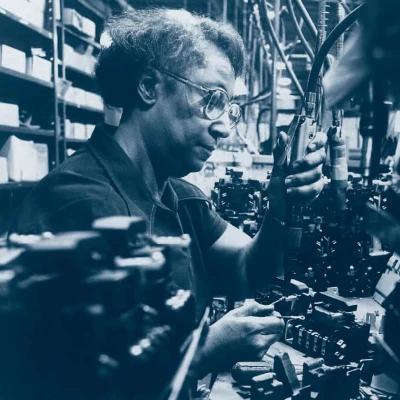
Working for a Living
The land we call McLean County is the ancestral land of many Native groups, beginning with the Paleoindians 12,000 years ago, and most recently Algonquin-speaking groups, including the Kickapoo, who were forced west from this area in the 1830s. Other groups in this area include (but are not limited to) the Peoria, Kaskaskia, Piankashaw, Wea, Miami, Mascouten, Odawa, Sauk, Mesquaki, Lenape, Potawatomi, Ojibwe, and Chickasaw Nations. These lands were and are the traditional territory of these Native Nations prior to their forced removal; and these lands continue to carry the stories of these Nations and their struggles for survival and identity.
This statement was drafted in collaboration with Lester Randall, Tribal Chairman of the Kickapoo Tribe in Kansas, and Nichole Boyd, Director of the Native American House at UIUC.
New technologies, more than anything else, have changed the jobs of those who have worked in McLean County.
Exhibit Sections

Before the Railroad

After the Railroad

Entertaining

Automotive Era

 Making a Home
Making a Home
 A Community in Conflict
A Community in Conflict
 Working for a Living
Working for a Living
 Farming in the Great Corn Belt
Farming in the Great Corn Belt
 Abraham Lincoln in McLean County
Abraham Lincoln in McLean County